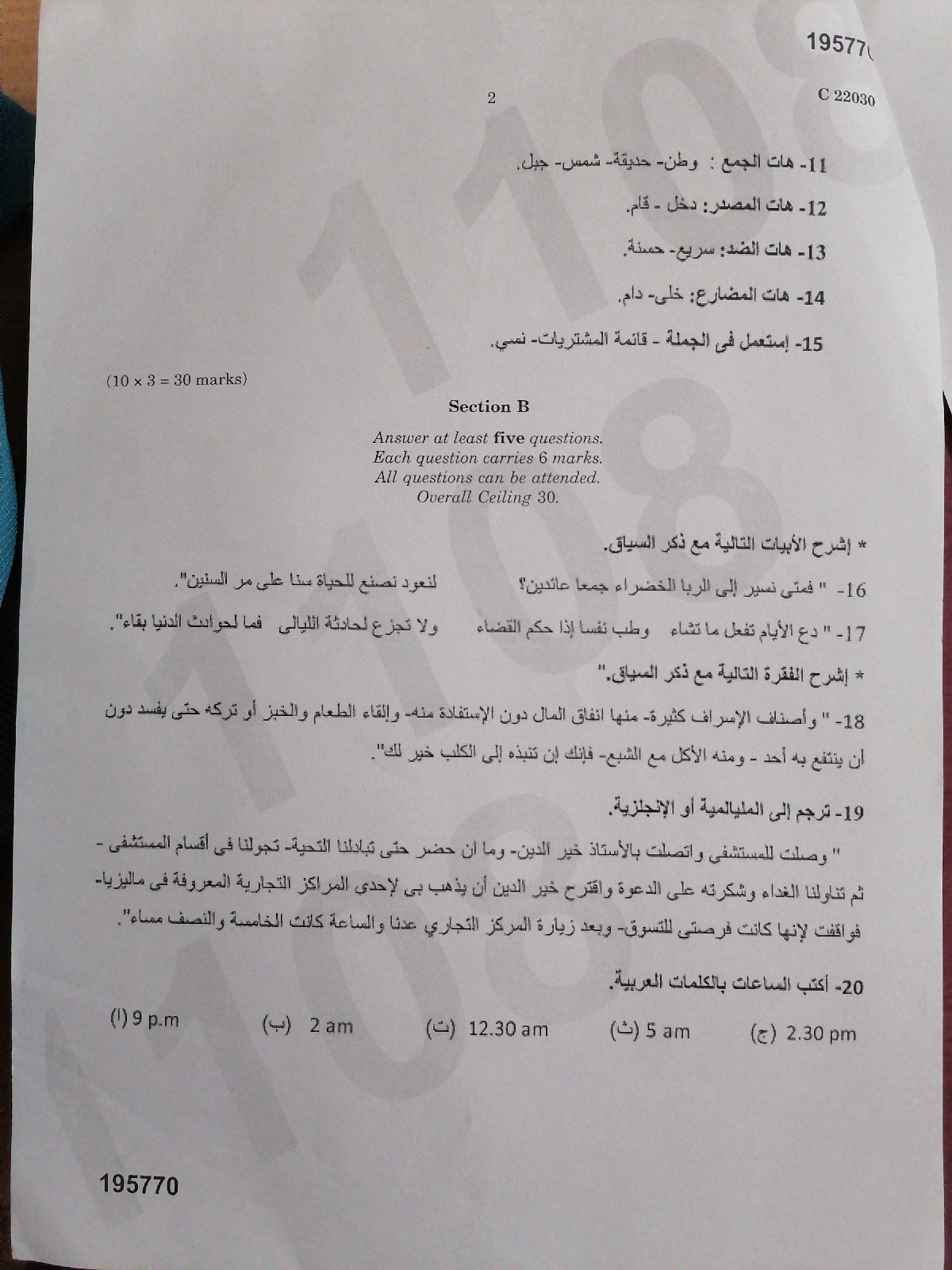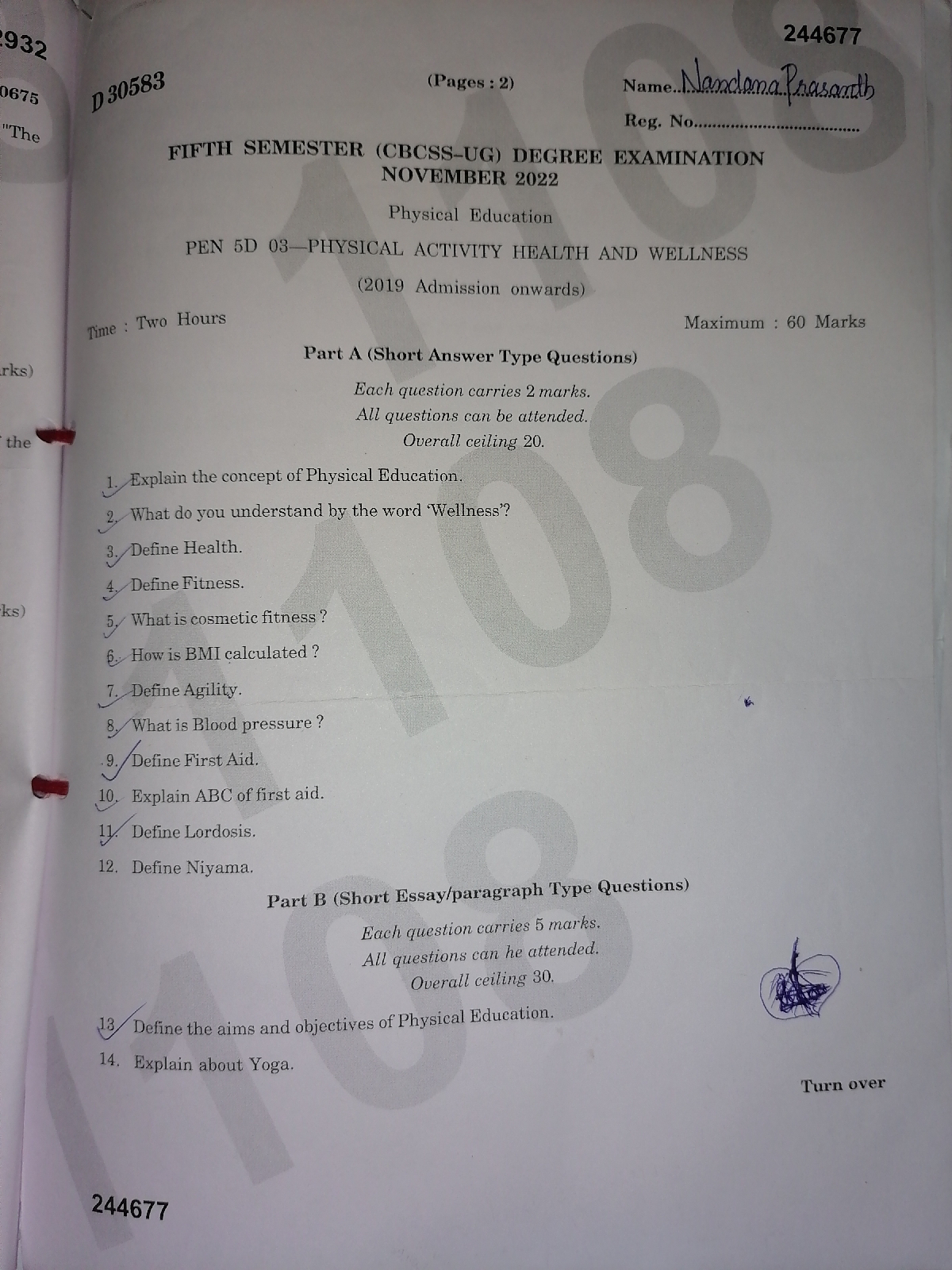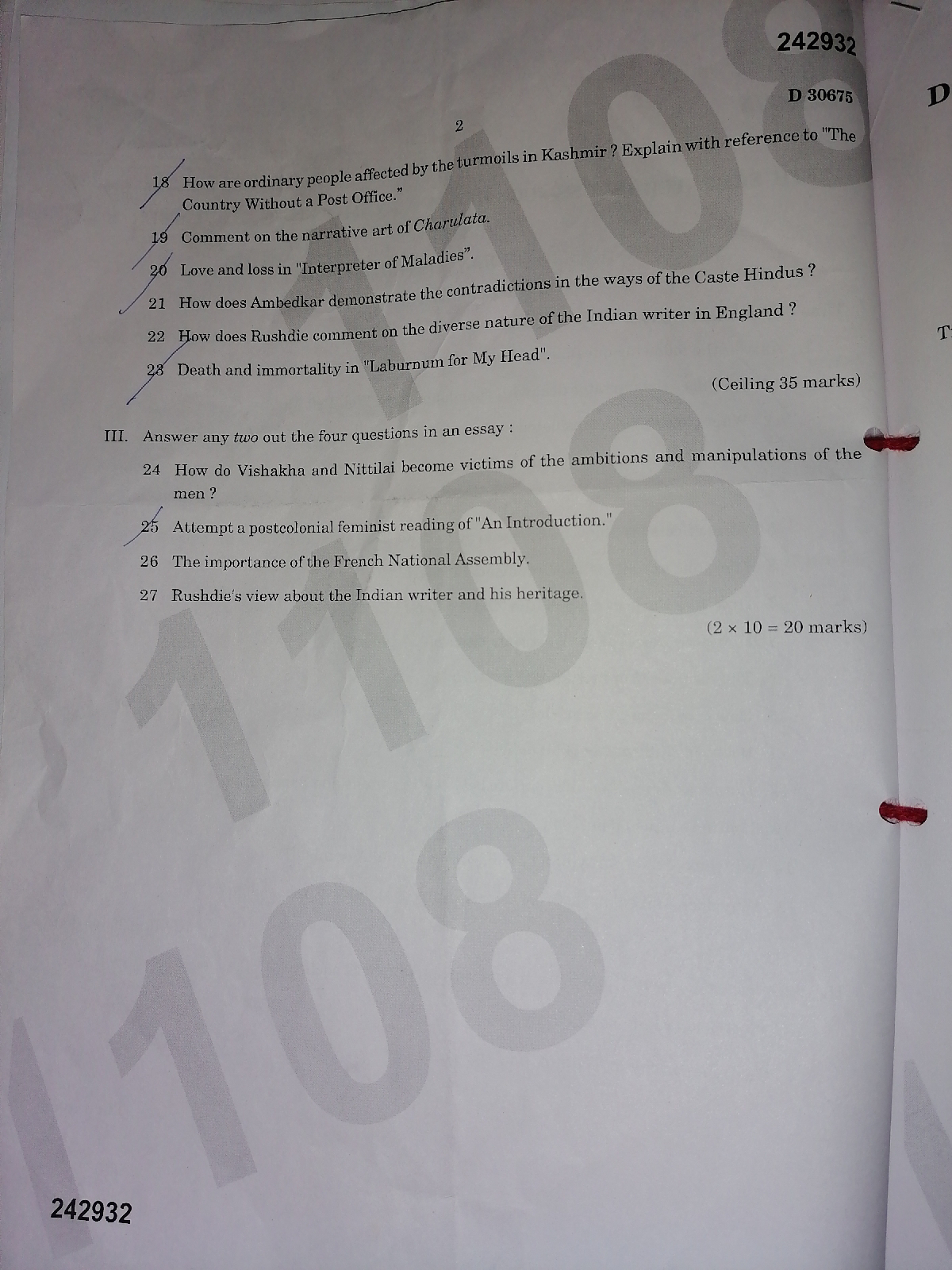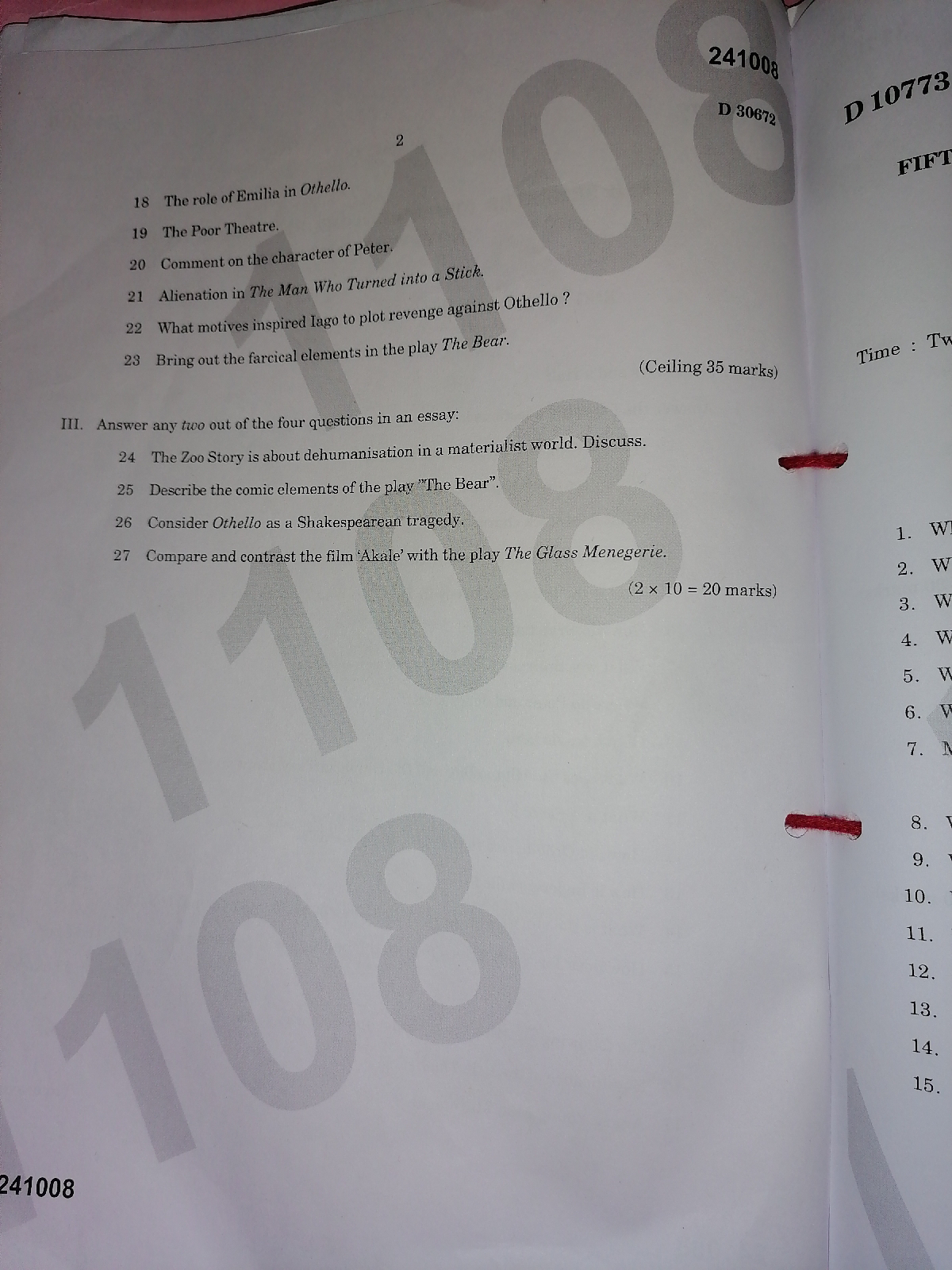Pictures drawn on Water is a poem written by Sachidthanathan based on the great flood happened in kerala in 2018. Kerala faced an abnormal rainfall from 1 june 2018 to 19 August 2018. It was the worst flood in Kerala in nearly a century.
The poem can be read in positive way. Here the poet doesn't used any destruction or death caused by the great flood, rather flood is used as a metaphor for some socio ecological concerns and the courage shown by people in the face of catastrophe. The Pictures Drawn on Water has five parts; As we look on, The Boat, The Cat, The Slate,and The Slush.
First part of the poem describes how does water come in to the house. Water comes in to the house like a long known neighbour. It comes through the gate to courtyard and from the steps to the corridor. From the drawing room it goes to the storeroom without any warning. And the water says,
"Sorry, nowhere else to go"
Through this line the poet mentioned the ecological concerns which floods talk to us. Human beings are destructing the waterways day by day for their sole purpose. Now water has no space to rely on. Water interogates '' where is my river, canal, pond, lake.. etc which I abode". Now water comes to the home where we abide as an encroacher. Its says to the residents ' Sorry, nowhere else to go.'
The second section of the poem,
' The Boat' is a comment on the courage and resilience shown by people in the face of tragedy.
Nature's fury raging across the state has brought people stand united. Spirit of unity, brotherhood and compassion helped the people of Kerala to face this havoc. The entire country came together as one
to assist, contributed generously and extended a helping hand to their fellow human beings who were battling against the devastation in Kerala. The section concludes;
Tragedy makes human beings selfless
And death, fearless.
The short section ' The cat' talks about the feelings of Animals whom were abandoned by the owners in the wake of the great deluge. Even a cat become a philosopher unless it finds a branch or wall to climb upon.
'The Slate' is another beautiful part where poet draws the real picture on Water. Even a minute thing has it's own story to narrate. Here the 'slate' under the water remembers it's evolution from the lay hidden rock to the wooden framed slate and becomes a part of a child's dream.
The final part ' slush' is a fine piece of ecological poetry. The poet subtly suggests we lost something which now resides in the memory of slush left behind by water. Slush reminds us of our past, culture and tradition. The paddy fields where our ancestors yielded with nature without destroying it's flora and fauna. The very dark hand showings seeds, the dawn of men and bull, the lean hands of the rain, the tranquility, children plays, birds and butterflies fly.... all the memories gathered in the house through the slush. Nature takes it as an advantage of it. For nature it's a sweet revenge.
Through Sachidthanathan presents flood in a favorable light, it vividly portrays the changes that flood brings about. He uses the deluge as a metaphor for social and ecological concerns.
























